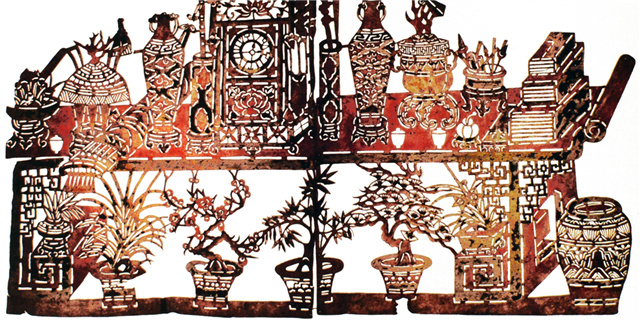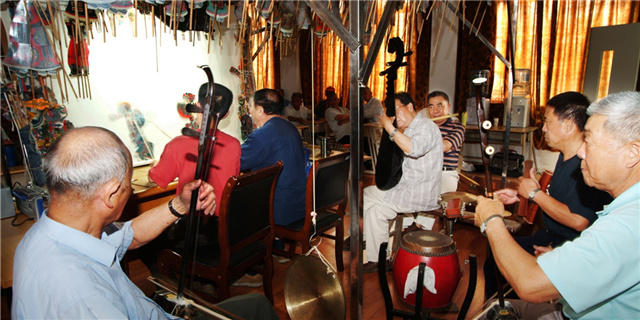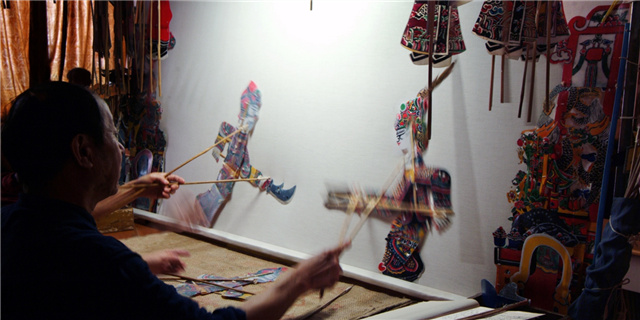Guilin Troupe Shadow Play Art
Shadow play is known as “leather-silhouette show” in Shanghai. Guilin troupe shadow play not only has distinct personality but also reflects the characteristics of shadow play in regions south of the Yangtze River. Guilin troupe shadow play has had an important influence in the development history of Shanghai culture. Shadow play emerged in the Tang Dynasty and flourished in the Song Dynasty, and was introduced into regions south of the Yangtze River around the Southern Song Dynasty. Shanghai shadow display was introduced from Zhejiang and didn’t flourished in Shanghai until the reign of Emperor Guangxu of the Qing Dynasty. Its birthplace was Qibao in Minhang (Guilin and Qibao in Minhang were under the jurisdiction of Shanghai County in old times). It was the earliest and most complete Jiangnan shadow play introduced into Shanghai. Mao Gengyu, the originator of shadow play in surrounding areas, founded “Hongxu Hall” troupe in 1880. The leather silhouettes are made of leather such as cowhide and donkey hide, and are painted with transparent pigments of five pure colors: red, yellow, blue, green and black. As a result, the shadows of the figures and props on the curtain against backlight seemed magnificent and crystal clear, with unique beauty. Shanghai shadow play has the characteristics of local folk drama, folk fine arts, folk handicraft, folk music, folk literature and dialect, and is a concentrated traditional folk culture of ancient town. Combining voice with painting, it has rich local color and unique artistic style. Shadow play has been identified by the world’s film historians as the precursor of film invention.




